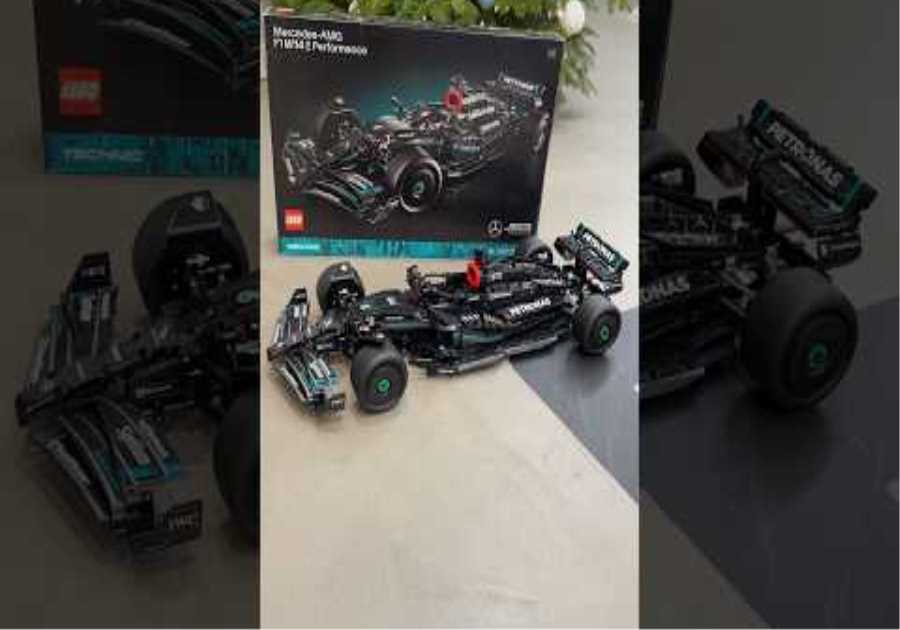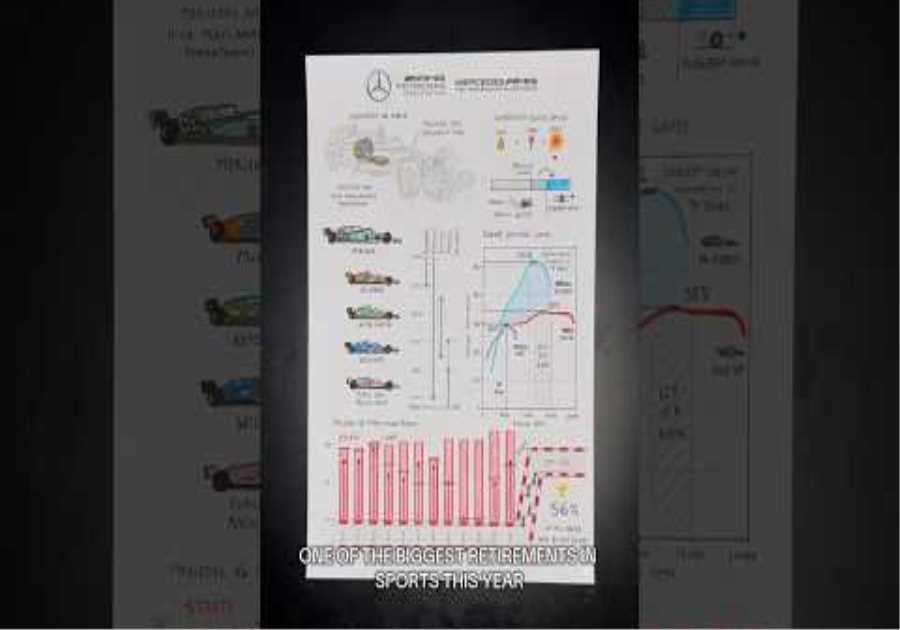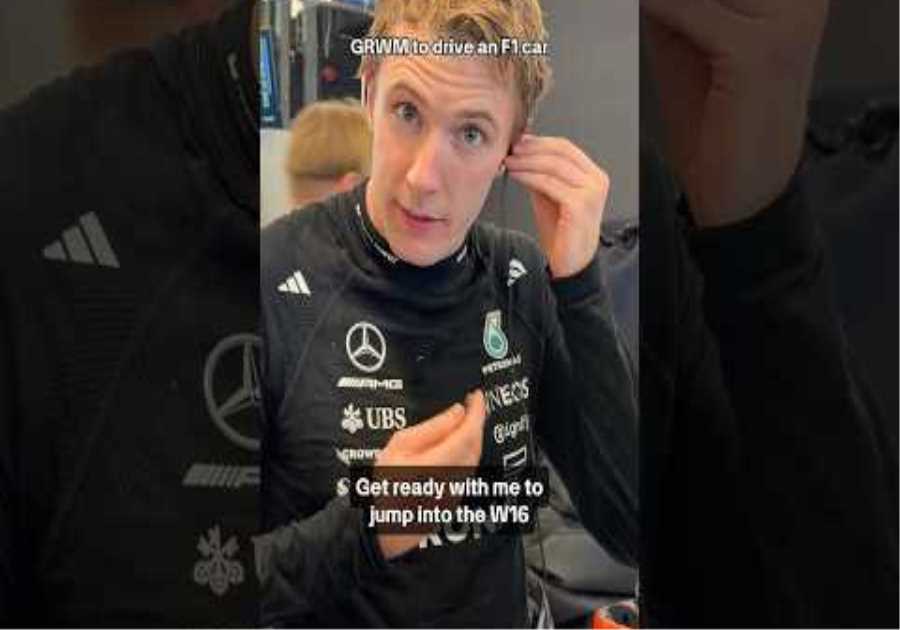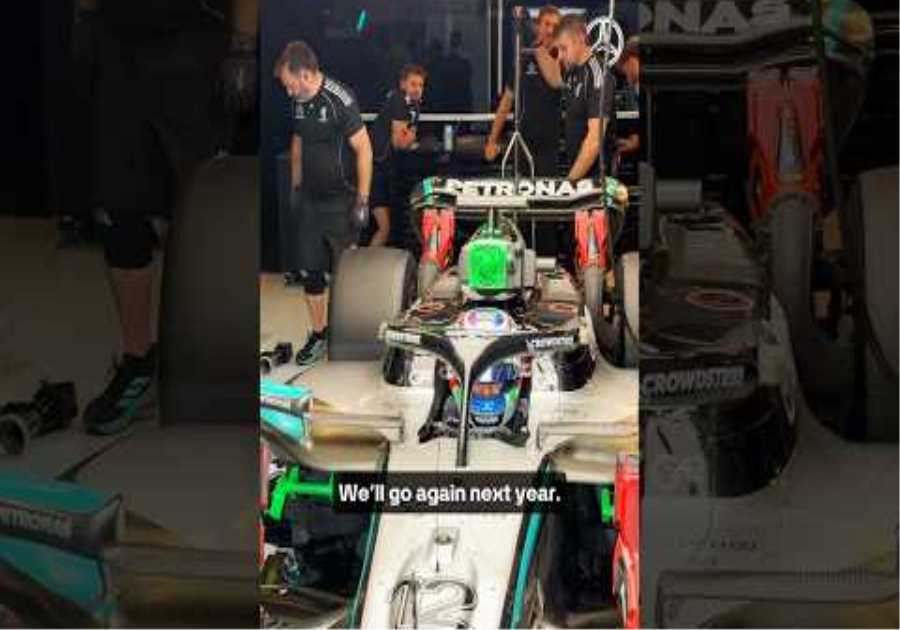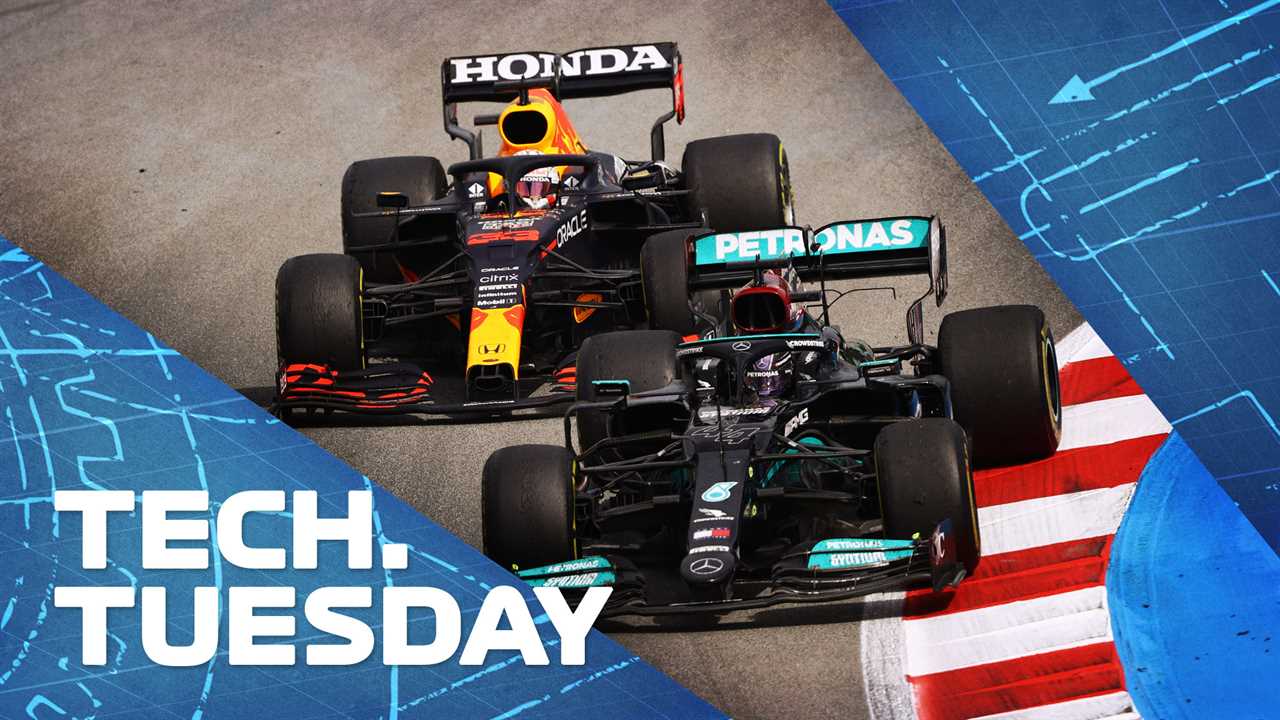
The 2021 title fight between Red Bull’s Max Verstappen and Mercedes’ Lewis Hamilton is all about the technical differences between their cars. Of course it’s also about each driver’s personal performance, the pit stops, the strategies, the support of the respective team-mates – but these are all second-order factors that only come into play when both cars are closely enough matched.
What was striking about the season so far was that in four of the six races one or the other car had a decisive performance advantage over the other, since different importance was attached to the strengths and weaknesses of the individual cars on different tracks.
READ MORE: Hamilton vs Verstappen – How does the title fight look like in the first triple-header of 2021?
Coming from two circuits – Monaco and Baku – where the dominant factor that made the difference between the two cars was front tire warm-up. This is due to the low grip of the road surfaces and the low energy supplied to the tires by the short, slow corners.
This greatly favored Red Bull. But in the race just before that, at Barcelona, the big differentiator was thermal deterioration control of the rear tyres, and this defined the Mercedes as the much better car there.
Characteristics of Monaco and Baku flattered Red Bull
We now turn to Paul Ricard where the challenge is likely to be very Barcelona-like, something Verstappen was all too aware of after his blowout cost him victory in Baku and a chance to extend his small points advantage over Hamilton.
“It’s a shame,” he said, “that we missed the opportunity to extend the gap to Lewis in the Championship today because we know Mercedes will be very strong again when we return to normal circuits.”
READ MORE: ‘Sometimes you can hate this sport’ – Verstappen was frustrated at missing out on the ‘easy win’ in Baku and a chance to extend the points lead
At Barcelona, there just didn’t seem to be a viable window in which the Red Bull RB16B could achieve both decent straight-end speeds and low tire degradation. Depending on wing choice, it could only have one or the other, not both.
The Mercedes, a car with less drag and one that drew less energy from its rear tires, could have both and this allowed Hamilton to make a second pit stop, putting him over 20 seconds behind Verstappen but still having tire grip on the catch and pass it before the end. Had Red Bull counted on the second stop and Mercedes left Hamilton out in response, Verstappen probably wouldn’t have had the pace to catch Hamilton before the end, let alone overtake.
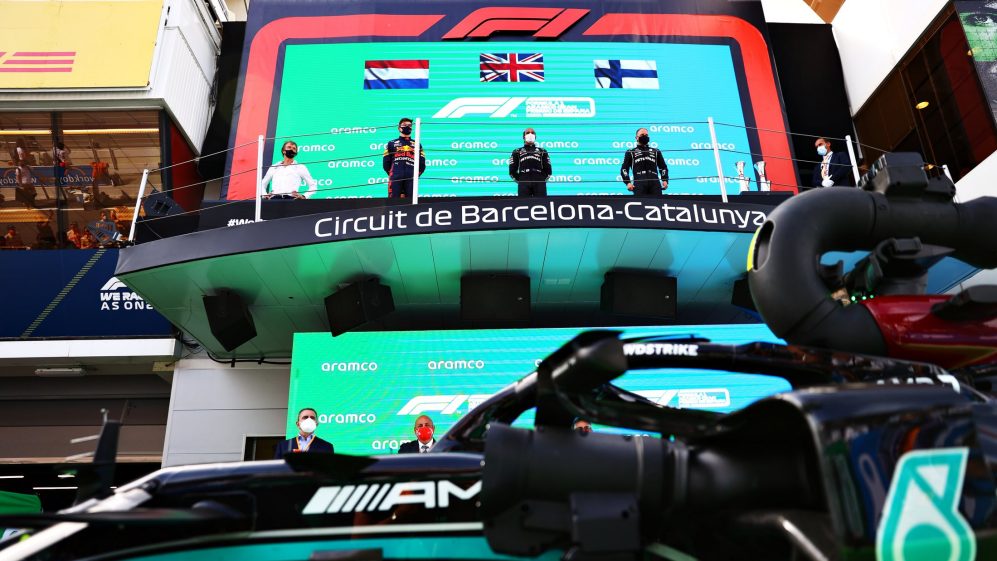
Red Bull were powerless to stop Mercedes in Barcelona
The Red Bull’s tire grade was just so much higher than the Merc when fitted with the lower downforce of its two available rear wings which gave it reasonable straight line speed and a better qualifying performance.
At least that’s what Verstappen thought. “I could see it coming,” he said of Merc’s strategy at Barcelona. “Even at the end of the first stint on the softs [Hamilton] was faster and when we put the mediums on he had a lot more pace, he could only stay within a second so there wasn’t much we could have done. They made another stop and then I knew it was over. I was already struggling with the tires and he was getting closer and closer so I was a bit of a sitting duck.
READ MORE: Changes at Williams, Mercedes’ comeback and more – 5 intriguing storylines ahead of the French GP
“We definitely lacked the pace,” he added. “We were too slow. That’s how you sum it up. There isn’t much more to discuss. I’ve tried everything to manage it as best as I can, taking care of tires and such, but it’s just not enough when they’re just pushing you behind you at the speed you see. It’s definitely a bit more pace.
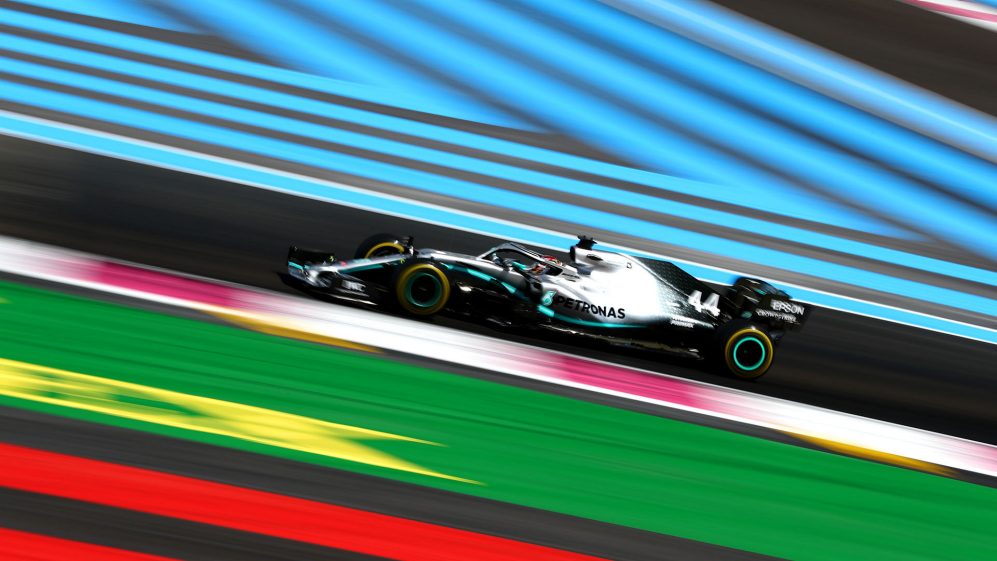
A return to Paul Ricard could be just what Mercedes needs to come back in the title fight
“You’re obviously trying to keep up and have the best strategy possible, but even if we had, say, gone for that earlier second stop, I don’t think I would have caught Lewis after that. We just need a faster car; it’s very easy. Then you don’t have to get into such a situation. We have to focus on that.”
The big question before Ricard is whether Red Bull have found answers to this dilemma, which was not relevant in either Monaco or Baku and therefore did not affect competitiveness there, but could be crucial here.
There are two other complications: Ricard is the first race for the FIA’s new wing flexibility measurement protocols. This new way of measuring flexibility could make it impossible for Red Bull to ride the wing they did at Barcelona, which would seemingly make it even more difficult to combine competitive straight-end speed and tire degradation.
READ MORE: Flexi-Wings – What Are They And Why Is Everyone Talking About Them?

Giorgio Piola’s illustration shows the new requirements of the FIA’s flexibility measurement protocols
Secondly, Pirelli’s tire compound selection is more aggressive here than at Barcelona, with the C2/3/4 combination instead of the C1/2/3. The crucial part of this equation isn’t the softness of the compounds per se, but how soft they are in relation to the demands of the racetrack that day. That won’t be seen until Friday, but may increase Red Bull’s challenge.
The one trait that could still prove problematic for Mercedes is slow warm-up, especially on the hardest compound. Due to the characteristics of the track, that shouldn’t be the case in qualifying like it was in the last two races, but it could become a tricky situation around the pit stops.
READ MORE: What tires will the teams and drivers have for the 2021 French Grand Prix?
Considering undercut or overcut, although the tires’ high heat dissipation means grip is relatively low on the lap (causing the driver to stop first), the advantage can be overcome by how slow the hard tracks on the out-lap are are before they have reached full temperature. This is a trait that catches Mercedes rather than Red Bull.
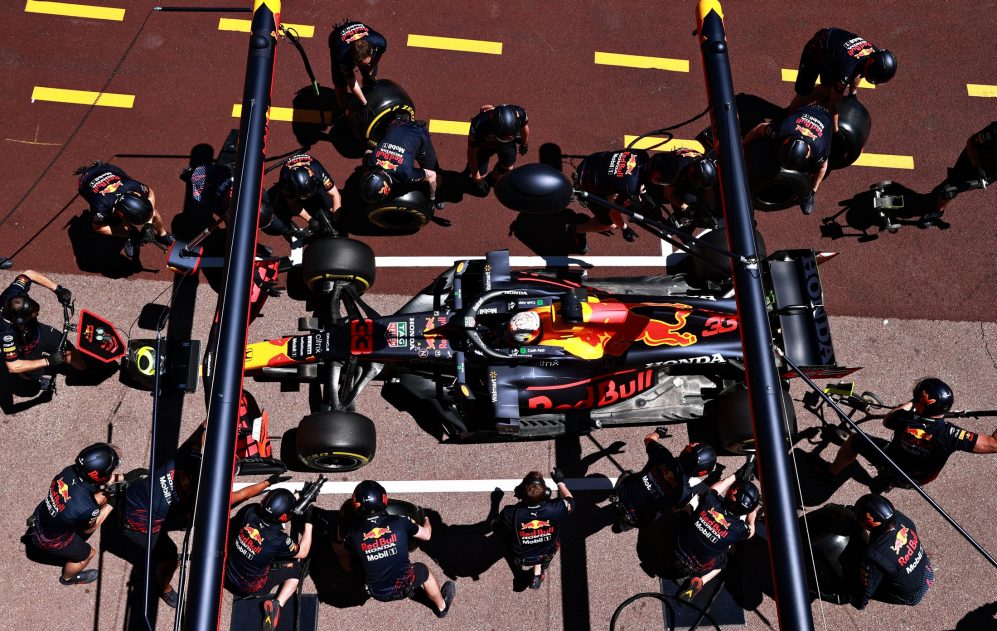
The well-known fast work of the Red Bull pit crew could prove decisive
This may prove irrelevant if Mercedes leads to the stops but could jeopardize any undercut challenge they make if they are the car behind. It may mean that the undercut is unavailable to them. Red Bull should be much more flexible there – and because of the lightning-fast pit stops.
WATCH: Relive the 2019 French GP ahead of F1’s return to Paul Ricard this weekend
Pirelli’s camber and minimum pressures are on the conservative side (Lance Stroll suffered a front puncture here in 2018), which will only make the first lap warm-up more difficult.
Overall, based on the characteristics of the cars seen so far, it can be expected that Ricard will favor Mercedes, but with some concerns about track position around the stops. But Red Bull certainly won’t have stopped to understand and correct their car’s tire wear characteristics, which led to their Barcelona slap.

